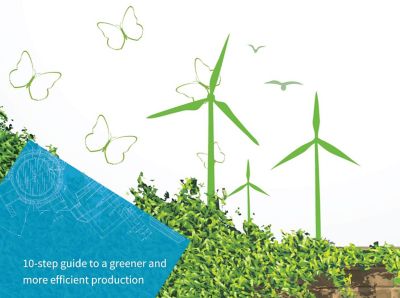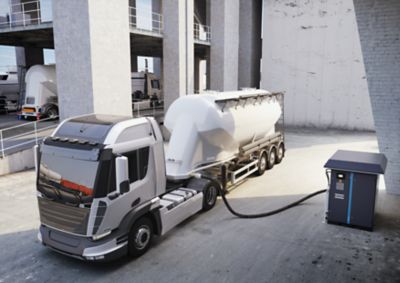Rotary screw compressors are designed for a wide range of users across various industries and applications. They are powered by two counter-rotating screws that compress air as it moves through the compressor.
These units are designed for continuous use, capable of operating 24 hours a day, 7 days a week. They are known for their quiet operation, with noise levels around 60 dBA, and their efficiency in producing compressed air. This type of compressors are more efficient and have a longer lifespan compared to piston compressors, making them a great long-term investment for many industries.
Read more in our Guide to selecting the optimal compressor for your needs.
Different types of air compressors
Rotary air compressors come in two primary versions: Oil-lubricated Screw Air Compressors and Oil-free Screw Air Compressors, with options for fixed speed, dual-speed or variable speed drive operation.
Oil-lubricated screw air compressors
Oil-lubricated compressors inject oil into the compression chamber, which cools and lubricates the compressor element, helps to remove the heat of compression, and minimizes leakage. These compressors are chosen for their continuous operation capability, low oil carryover, and minimal capacity loss over time. They are suitable for a wide range of industrial purposes.
Explore Atlas Copco's range of Oil-lubricated Screw Compressors
Oil-free screw air compressors
Oil-free compressors do not use oil in the process, making them ideal for sensitive industrial applications where air purity is critical, such as in the food and beverage or pharmaceutical industries. These compressors still use lubricants for other processes, like motor cooling, but some variants use water as an alternative lubricant. Oil-free types are known for their reliability, efficiency, and ability to deliver the highest air purity at the lowest TCO.
Explore Atlas Copco's range of Oil-Free Screw Compressors
Variable Speed compressors (VSD): VSD technology is ideal for operations where demand for compressed air fluctuates. These compressors adjust their operating speed to match air production to demand in real-time, offering energy savings of up to 60% compared to traditional fixed-speed compressors.
Industries & Applications
Automotive: Enhance your automotive operations with Atlas Copco’s advanced compressed air solutions. Our efficient rotary screw compressors and air treatment systems ensure precision and reliability in every step of vehicle production. Trust our expertise to optimize your processes. Learn more about Atlas Copco Automotive solutions.
Food & Beverage: Atlas Copco delivers clean, energy-efficient air solutions tailored to the food and beverage industry. Ensure product safety and quality with our reliable compressors. Discover our Food & Beverage solutions!
Wastewater Treatment: Atlas Copco provides reliable, energy-efficient air compressors designed for wastewater treatment facilities. Our solutions ensure continuous operation, helping to maintain optimal aeration and other critical processes. Explore our wastewater treatment solutions!
Chemical & Petrochemical: Atlas Copco offers robust, energy-efficient air compressors tailored for the chemical and petrochemical industries. Our solutions ensure safe, continuous operation in demanding environments, supporting critical processes with reliable compressed air. Learn more about Atlas Copco Chemical & Petrochemical solutions.
Pharmaceuticals: Atlas Copco provides clean, oil-free air compressors specifically designed for the pharmaceutical industry. Our solutions ensure compliance with stringent hygiene standards, supporting critical processes with reliable, contamination-free air. Discover our pharmaceutical solutions today!
Medical: Atlas Copco offers highly reliable, oil-free air compressors designed for the medical industry. Our solutions ensure a continuous supply of pure, contamination-free air, crucial for patient safety and the operation of sensitive medical equipment. Explore Atlas Copco Medical Air Solutions.


